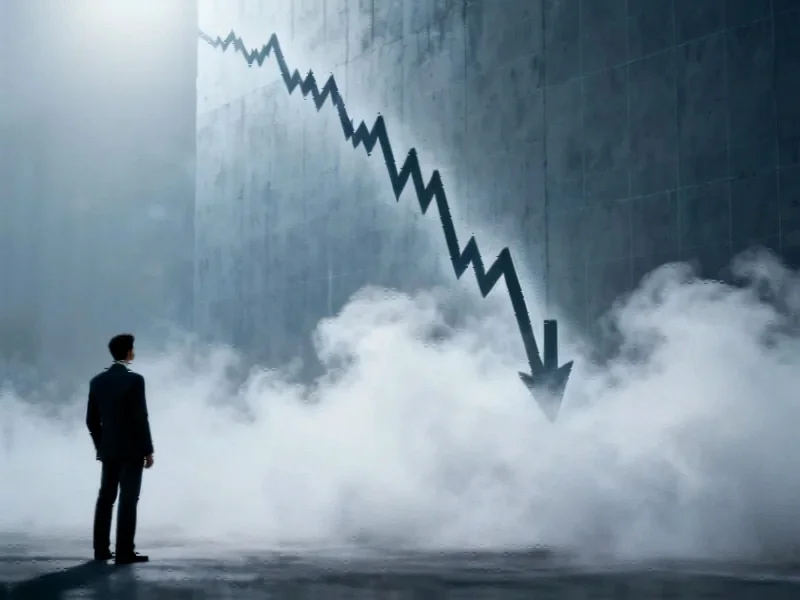Growth Trajectory Shows Measured Slowdown
China’s economic expansion moderated during the third quarter, with official statistics confirming a gradual deceleration as the world’s second-largest economy navigates complex domestic and global headwinds. According to Reuters-polled analysts, gross domestic product grew 4.8% year-over-year between July and September, down from 5.2% in the preceding quarter. This measured slowdown reflects the culmination of multiple factors, including persistent property sector challenges and shifting global demand patterns that are reshaping international corporate landscapes.
Investment and Consumption Patterns Shift
The latest indicators reveal nuanced changes beneath the headline growth figures. Fixed-asset investment, encompassing the crucial real estate sector, expanded by a mere 0.1% through the first nine months of 2023. This stagnation in capital expenditure underscores the ongoing property market correction and its ripple effects across related industries. Meanwhile, retail sales growth decelerated to 3% annually in September, while industrial production eased to 5%, suggesting consumers and manufacturers are adopting more cautious stances amid economic uncertainties.
These domestic trends coincide with significant industry developments globally, as businesses worldwide adapt to changing economic conditions and policy environments.
Export Resilience Amid Global Tensions
Despite the broader slowdown, China’s export sector demonstrated remarkable durability in September, continuing to outperform expectations even amid escalating trade tensions with the United States. This export strength has provided a crucial counterbalance to domestic weaknesses, though analysts question whether this momentum can be sustained as global growth prospects dim. The country’s manufacturing prowess continues to evolve through related innovations in industrial technology and automation systems.
Inflation Dynamics Signal Complex Economic Picture
China’s inflation metrics present a contradictory narrative that complicates policy responses. The core consumer price index, excluding volatile food and energy components, accelerated at its fastest pace since February 2024. However, headline inflation disappointed expectations, declining 0.3% as deflationary pressures persisted in certain sectors. This divergence creates a challenging environment for monetary authorities seeking to stimulate growth without igniting broader price pressures.
These economic patterns mirror some market trends observed in other major economies, where central banks grapple with conflicting inflation signals and growth concerns.
Structural Transformation Underway
Beyond the quarterly fluctuations, China’s economy continues its deliberate pivot toward more sustainable growth models. The moderated expansion reflects not merely cyclical factors but intentional policy steering toward quality-over-quantity development. As highlighted in recent analysis, this economic rebalancing involves shifting emphasis from debt-fueled investment and export dependency toward consumption-driven growth and technological innovation.
The current slowdown phase may ultimately strengthen China’s economic foundation, as it forces addressing structural imbalances that have accumulated during decades of breakneck growth. Policy makers appear focused on managing this transition without triggering sharp disruptions, employing targeted stimulus rather than blanket monetary easing.
Forward Outlook and Global Implications
Looking ahead, China’s economic trajectory will significantly influence global trade flows, commodity markets, and multinational corporate strategies. The measured pace of expansion suggests a new normal of more moderate but potentially more sustainable growth in the medium term. This evolution carries profound implications for emerging markets, developed economies, and the architecture of global supply chains that have increasingly centered on Chinese production capacity.
As China navigates this complex economic transition, its success in balancing short-term stability with long-term restructuring will determine not only domestic prosperity but also the shape of global economic dynamics for years to come.
This article aggregates information from publicly available sources. All trademarks and copyrights belong to their respective owners.
Note: Featured image is for illustrative purposes only and does not represent any specific product, service, or entity mentioned in this article.
